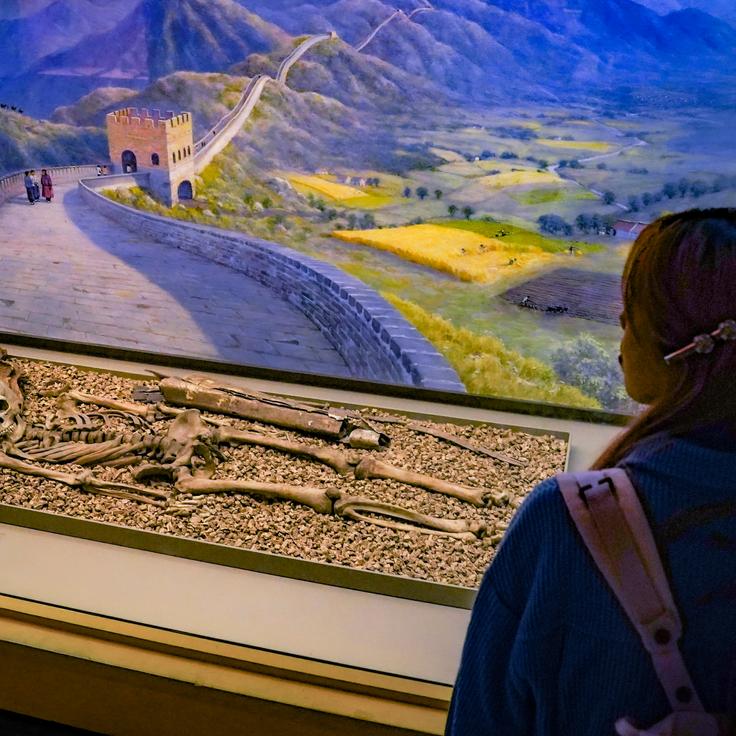At height of spooky season, nothing feels more horrifying ― or more disrespectful ― than human remains that have been on display to the public for decades without the consent of any relevant parties.
New York’s American Museum of Natural History, world-renowned for its comprehensive collections of cultural relics, recently lifted the veil on the troubling origins of some of its artifacts. In a letter to staff, Sean Decatur, the museum’s new president, explained that many of the human remains on display and in their collection were sourced in racist and violent ways.
“We must acknowledge that, with the small exception of those who bequeathed their bodies to medical schools for continued study, no individual consented to have their remains included in a museum collection,” Decatur, who is the museum’s first Black president, wrote in the Oct. 12 letter.
Under Decatur’s leadership, the institution publicly acknowledged that a significant portion of its collection of remains from 12,000 individuals consists of body parts belonging to Indigenous and enslaved Black people. Some of those remains, in fact, were taken from a sacred burial ground in New York City.
According to the letter, most remains were sourced in the 19th and 20th centuries without obtaining anyone’s consent. It was common at the time for medical and scientific institutions and organizations to rob graves and steal body parts from sacred burial sites in the interest of bolstering racist, Eurocentric pseudoscience. Of course, this was seen as a valid justification for the violent abuse and exploitation of Indigenous and enslaved Black people.
“I think it’s fair to say that none of these people set out or imagined that their resting place would be in the museum’s collection, and in most of the cases, there also was a clear differential in power,” Decatur wrote to employees. The museum’s board, Decatur announced, has adopted an updated collections policy and set of repatriation guidelines.
The museum plans to remove unethically obtained human remains from displays and place them in storage, with the intention of learning more about the origins of its collection and returning all unethically sourced remains to their descendants. “We have to acknowledge that whose remains came into museums were largely from groups that were marginalized or exploited economically and socially, politically,” Decatur told NPR.
According to the letter, the AMNH has already repatriated the remains of 1,000 Native American individuals and another 200 belonging to indigenous people from international tribes since the 1990 passing of the Native American Graves Protection and Repatriation Act. NAGPRA requires museums and universities to report any Native ancestral remains in their possession and return them to their tribes.
ProPublica noted in January that “the remains of more than 110,000 Native American, Native Hawaiian and Alaska Natives’ ancestors are still held by museums, universities and federal agencies” ― and that about half of those unpatriated remains are concentrated among just 10 institutions, including the American Museum of Natural History. Some institutions defend their decision to hold on to these remains by arguing that they’re too old to accurately determine which tribes they should be repatriated to.
Doesn’t it feel kind of contradictory for institutions that pride themselves on education to hold human remains without acknowledging how they were collected, whom they belong to, and whether there was consent to display them?
As awareness about decolonizing institutions and museums continues to rise, these kinds of institutional shifts in attitude are crucial. All of us need to start considering how museums shape what we know of particular cultures and their people, and ask how we can begin to repair some of the damage that’s been done to these communities.

